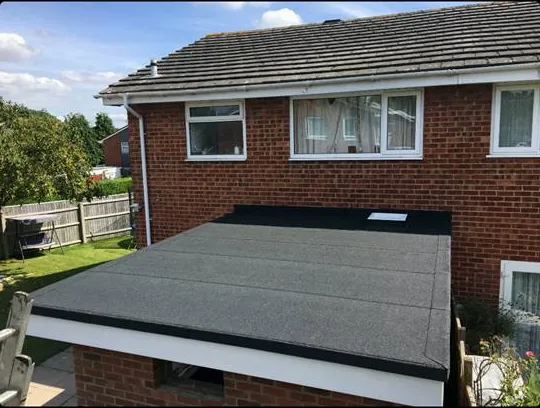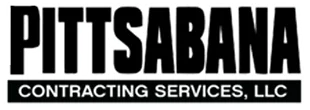Welcome to our comprehensive guide to flat roof system! In this guide, we’ll discuss the advantages and disadvantages of flat roofs, the different types of flat roof systems available, and the steps involved in installing them. We’ll also provide tips for selecting the right flat roof system for your home or business. Whether you’re a homeowner looking to replace an existing roof or a contractor in need of information on flat roof systems, this guide has you covered. So, let’s get started!
What is a Flat Roof?
A flat roof is a type of roof that is flat or nearly flat and generally has a slope of 10 degrees or less. Flat roofs are commonly used on commercial and industrial buildings, as well as on some residential homes. The primary benefit of a flat roof is that they are relatively easy to construct and maintain.
Pros and Cons of Flat Roofs
Pros of Flat Roofs
Low Cost: Flat roofs are typically cheaper to install than pitched roofs.
Easy Maintenance: Flat roofs are easy to inspect and maintain, which can help extend their lifespan.
Versatility: Flat roofs can be used for a wide variety of applications, both residential and commercial.
Space: Flat roofs provide usable space for activities such as gardening or other outdoor activities.
Rainwater Collection: Flat roofs can be used to collect rainwater for reuse in the home.
Solar Panels: Flat roofs are perfect for installing solar panels for energy production.
Cons of Flat Roofs
Leaks: Flat roofs are more prone to leaking due to the flat surface and lack of drainage.
Shorter Lifespan: Flat roofs typically have a much shorter lifespan than sloped roofs, usually lasting around 10-20 years.
Weight: Flat roofs can be much heavier than sloped roofs due to the materials used and the additional waterproofing that is needed.
Maintenance: Flat roofs require more maintenance than sloped roofs, such as regular cleaning and inspection of the roof membrane.
Heat Retention: Flat roofs can retain heat more than sloped roofs, making them less energy efficient.
Types of Flat Roofs
Built-up Roofs: Built-up roofs, also known as BUR, are one of the most common types of flat roofs. They are composed of multiple layers of asphalt and tar paper that are built up on top of each other and are then sealed with a top layer of gravel. This type of roof is extremely durable and long-lasting and is often used on commercial buildings.
Modified Bitumen Roofs: Modified bitumen roofs are similar to built-up roofs, but they are composed of a single layer of asphalt and a rubber-like material that is applied in sheets. The rubber-like material provides an additional layer of protection, making this type of roof very durable and long-lasting.
Single-Ply Membrane Roofs: Single-ply membrane roofs are composed of a single layer of plastic or rubber material that is applied in sheets. This type of roof is lightweight, easy to install, and provides excellent protection from the elements.
Metal Roofs: Metal roofs are composed of metal panels or sheets and are often used on commercial buildings. They are very durable and long-lasting, and can be painted to match the color of the building.
Green Roofs: Green roofs are composed of a layer of soil and vegetation that is planted on top of the roof. This type of roof helps to reduce energy costs, reduce stormwater runoff, and provide additional insulation.
If after reading this article you are thinking about installing a flat roof, we recommend that you contact a professional roofing company to ensure that your roof is installed correctly and safely. At Pittsabana, we have a team of experienced roofers who have the knowledge and experience to provide you with the highest quality installation and a durable roof that will keep your home safe and secure. Contact us today to get started on your flat roof installation project.



